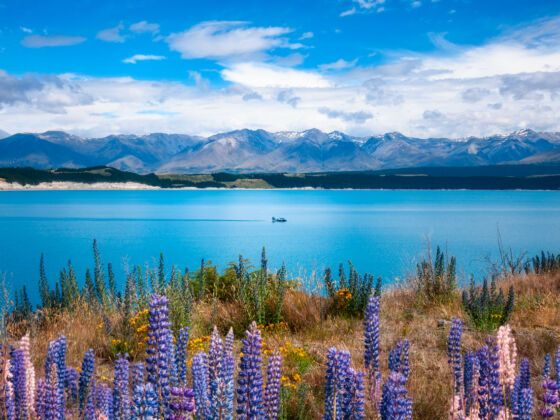New Zealand has nine designated Great Walks — networks of trails and backcountry huts — six of which are on the South Island. While these tracks live up to the title, lesser-known walks on the island are just as pretty, cost less, and see smaller crowds.
Setting the Scene: The South Island’s 6 Great Walks
1. In the northern part of the South Island, the Abel Tasman Coast Track is famous for golden-sand beaches and is mobbed by hikers of all abilities in the summer due to its gentle gradient.
